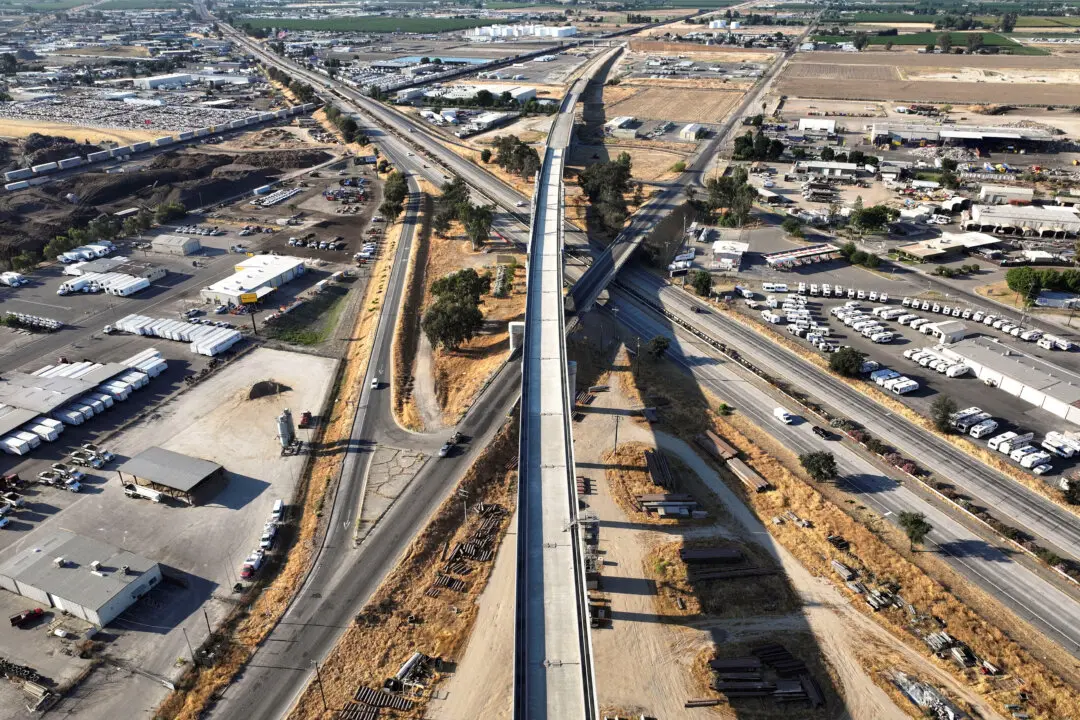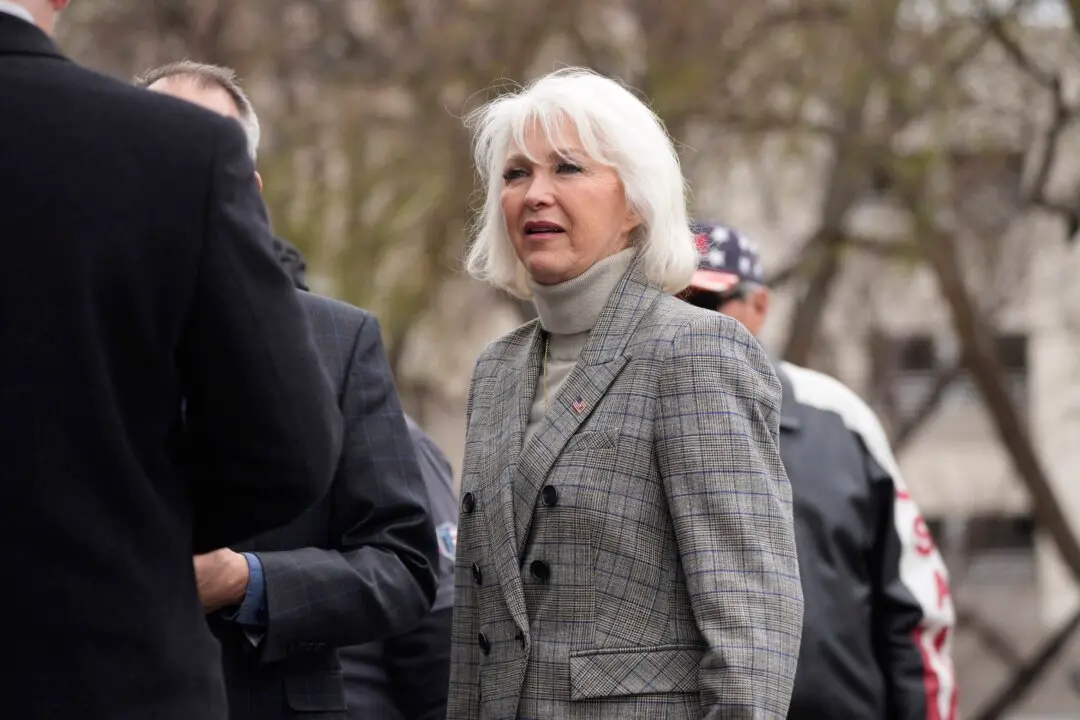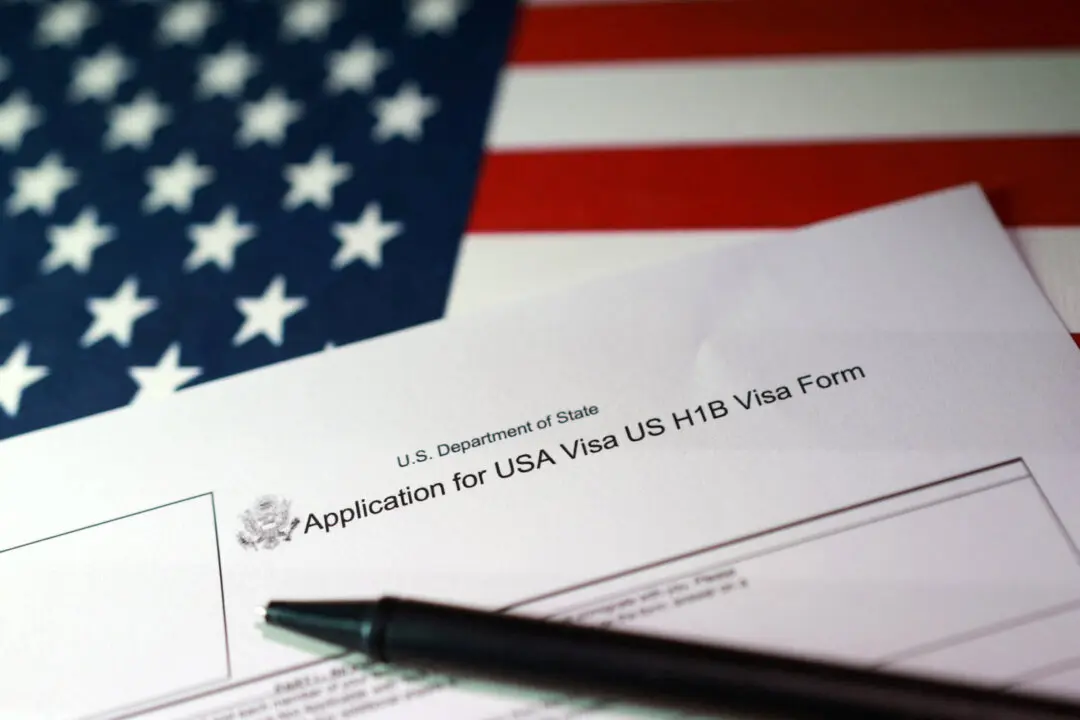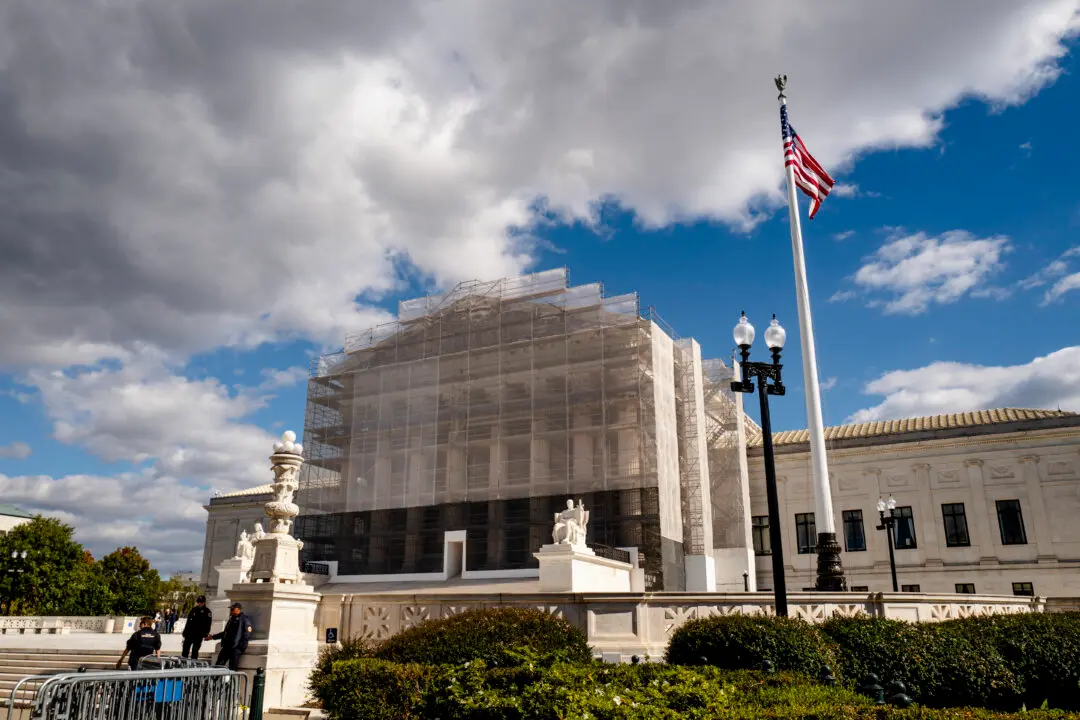The Supreme Court on Oct. 21 said it will hear Oklahoma’s case claiming that state disputes over a U.S. Environmental Protection Agency (EPA) policy should be heard in regional circuit courts, rather than in Washington.
At issue is the EPA’s “good neighbor” rule that cracks down on states whose industries are said to be contributing to smog.





